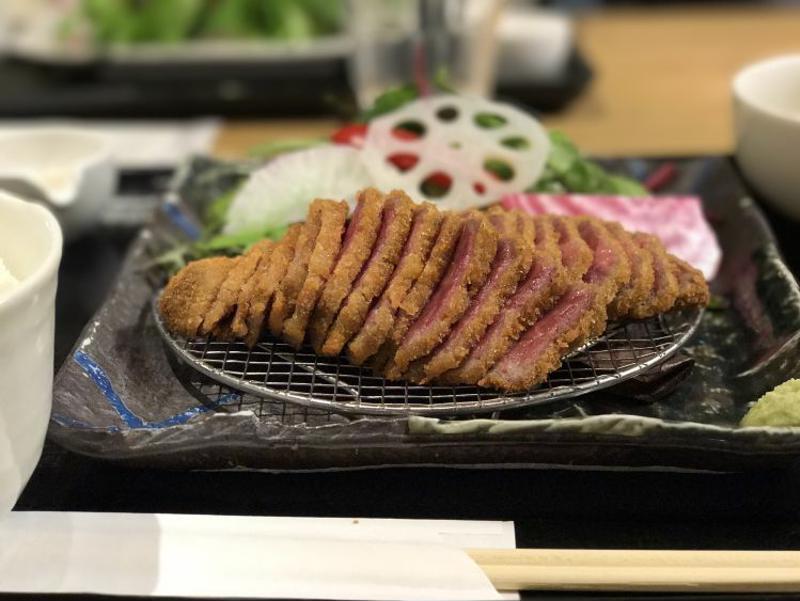Exploring culinary techniques from other cultures is an essential part of any Austin culinary student’s learning experience. In fact, this practice is important for any chef to engage in as a means to explore new flavors, techniques and ingredients.
Katsu is the perfect culinary technique students can practice with. This is a Japanese cooking style that is as ubiquitous in Japan as pizza is in the U.S., Serious Eats pointed out. And, as Gurunavi explained, it’s actually a variety of cooking Japanese chefs borrowed from European-style meat cutlets in the 1800s.
What is katsu?
Katsu can be loosely translated to cutlet. It’s made with a thin slice of meat that’s breaded with panko, a specific variety of breadcrumbs found in Japanese cuisine. Other types of breadcrumbs won’t suffice; panko is flakier and lighter than the typical European-style breadcrumb.
 Katsu is a Japanese-style breaded cutlet that dates back to the 1800s.
Katsu is a Japanese-style breaded cutlet that dates back to the 1800s.How to make katsu
Katsu can be made with any kind of meat, and some adventurous or vegetarian chefs can even venture into tofu or tempeh katsu. However, the most common protein for this tasty treat is pork. The Sino-Japanese word for pork is “ton,” so you may see pork-based katsu listed on a menu as “tonkatsu.”
Other popular proteins to use include:
- Chicken.
- Ham.
- Minced meat (menchkatsu).
- Steak (gyukatsu).
- Salmon.
Since katsu is essentially just breaded and fried food, the possibilities are endless. Ideally, you’ll start with a protein that has lines of fat evenly dispersed throughout the cutlet to keep it juicy during cooking. Pork sirloin cutlets work well.
Katsu should be thin, so depending on what you chose as your protein, you might need to use a mallet or a pan to pound it out. Ideally, your meat starts at about a quarter-inch thick.
Next, it’s time to bread the meat. Dredge it in flour, then egg. The flour helps evenly distribute the panko – think of it as the first layer of paint when you paint a wall. Without it, the outcome will look streaky and poorly executed. Additionally, the flour adds a layer of direct heat protection so the meat inside stays juicy.
Be sure to get a thick and even coat of panko on both sides of your cutlet. Press the panko into the meat with your fingers until the whole surface is covered.
Fry your cutlets in oil – canola, vegetable and peanut all work fine. The most important aspect is temperature: Your oil must be heated to between 300 and 325 degrees Fahrenheit before you begin. Too cold or too hot will both produce overcooked or burned katsu.
What to serve with katsu
Tonkatsu is almost always served with katsu sauce, though other meats prepared this way can pair well with this barbecue-esque dip. Serious Eats’ recipe combines Worcestershire sauce, ketchup, soy sauce, mirin, sugar, Dijon mustard and garlic powder. Serve this on the side for dipping or drizzle on top of your cutlets.
Traditionally, katsu is served with a side of shredded cabbage and steamed white rice. However, katsu can be integrated into myriad creative dishes. For example, the combination of chicken katsu and curry is incredibly popular in Japan. Serve the katsu aside white rice and top with a curry sauce. The Independent instructs:
- Heat vegetable or peanut oil in a pan, then add onion and garlic.
- Add carrots, stirring occasionally, until soft and slightly caramelized.
- Stir in flour and curry powder.
- Add honey, a bay leaf and soy sauce, bring to a boil, then let simmer for 20 minutes.
- Add garam masala, then pour the sauce through a sieve to remove lumps.
Ladle the curry over your katsu and rice.

